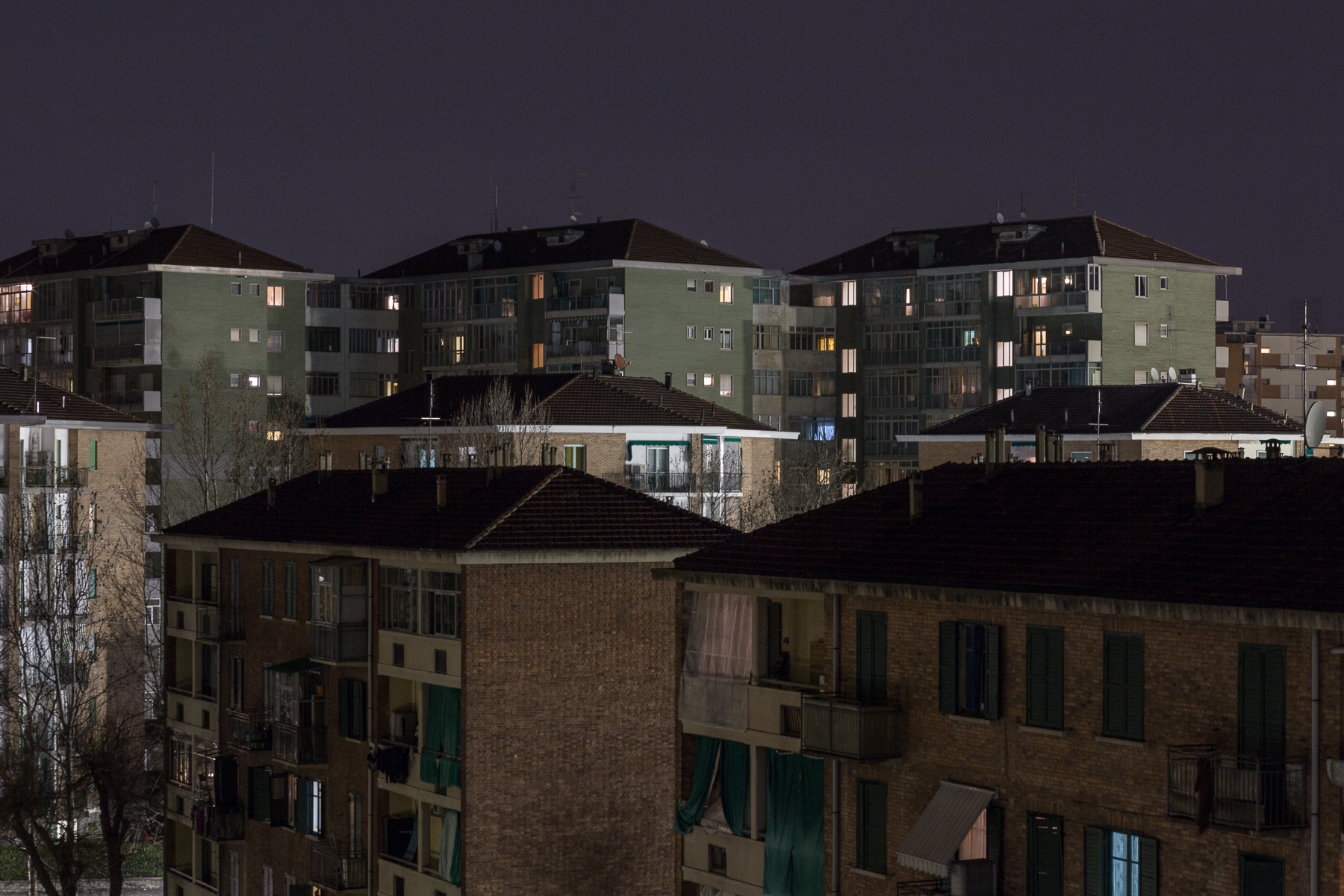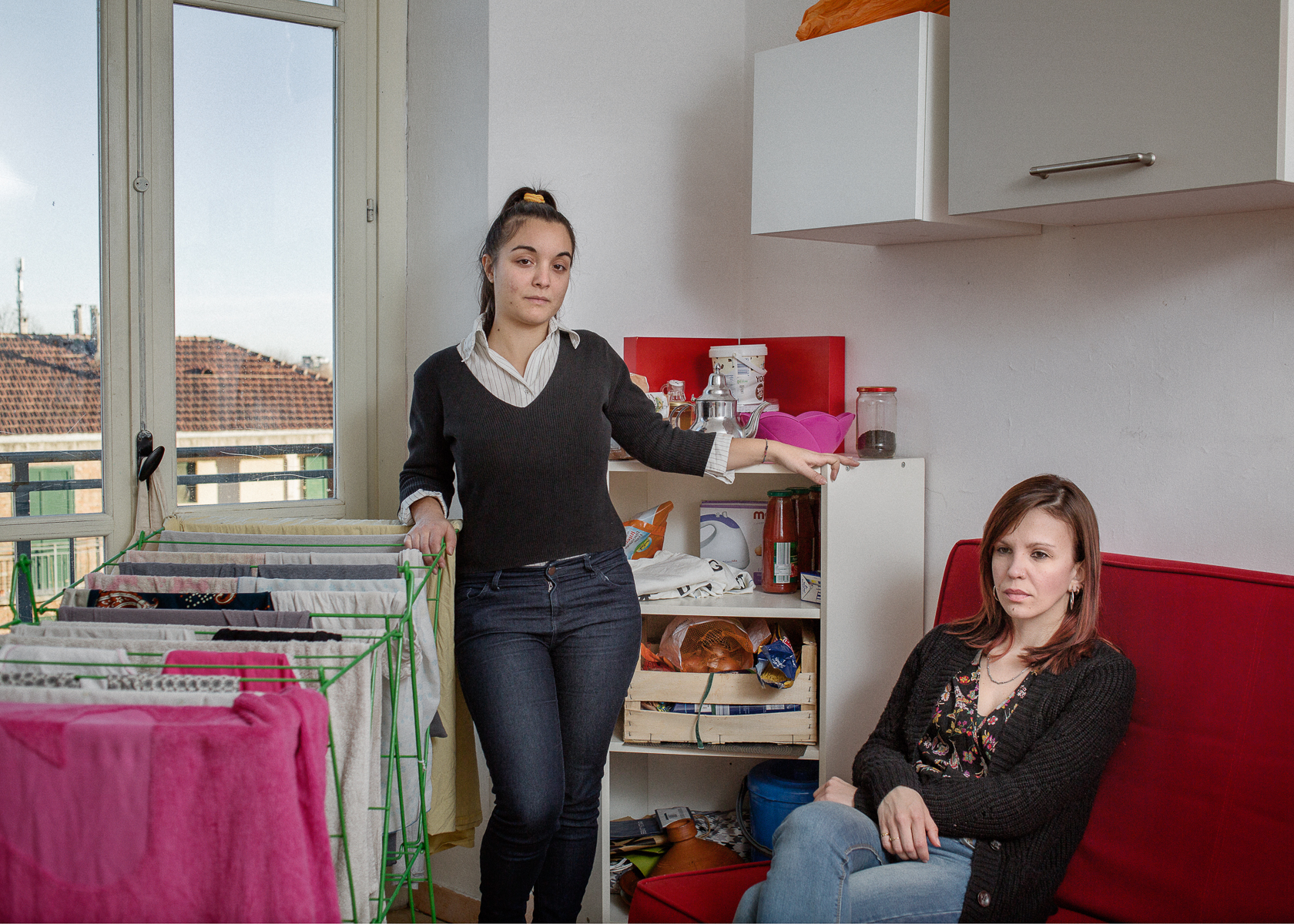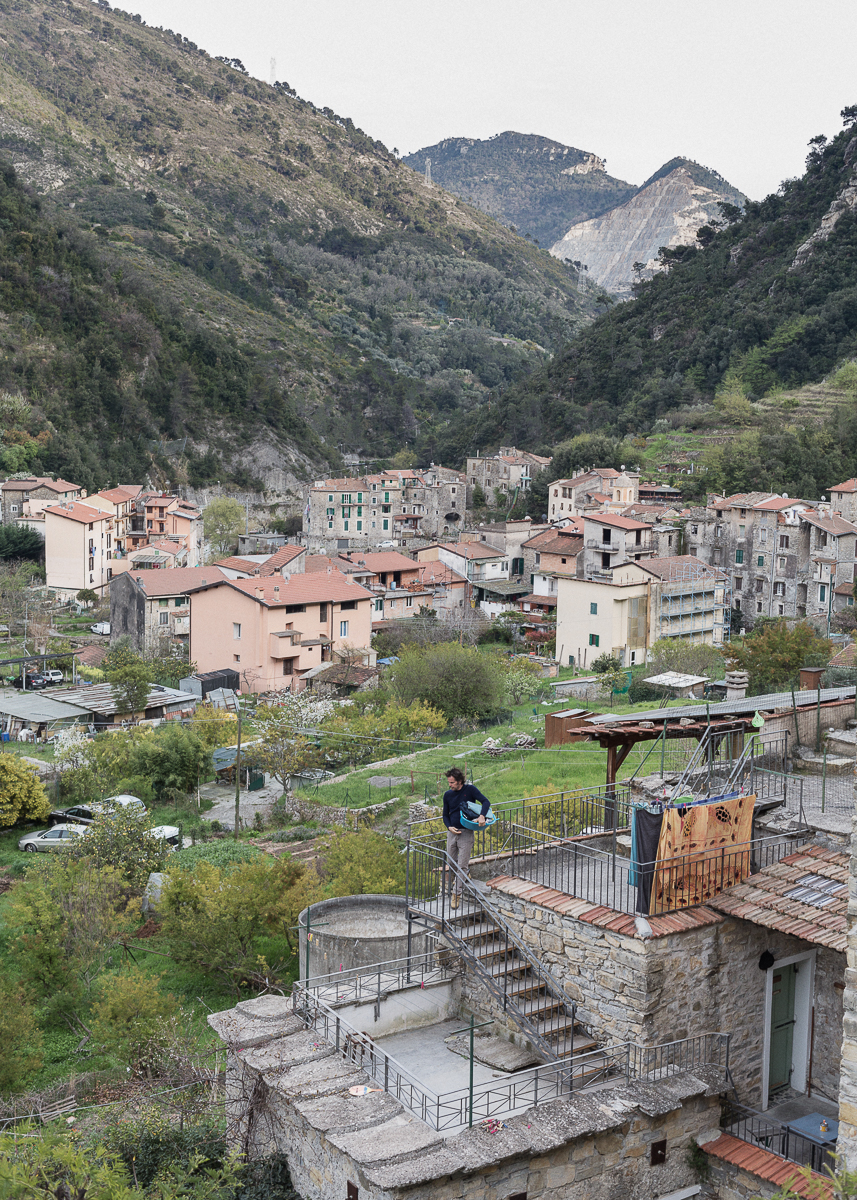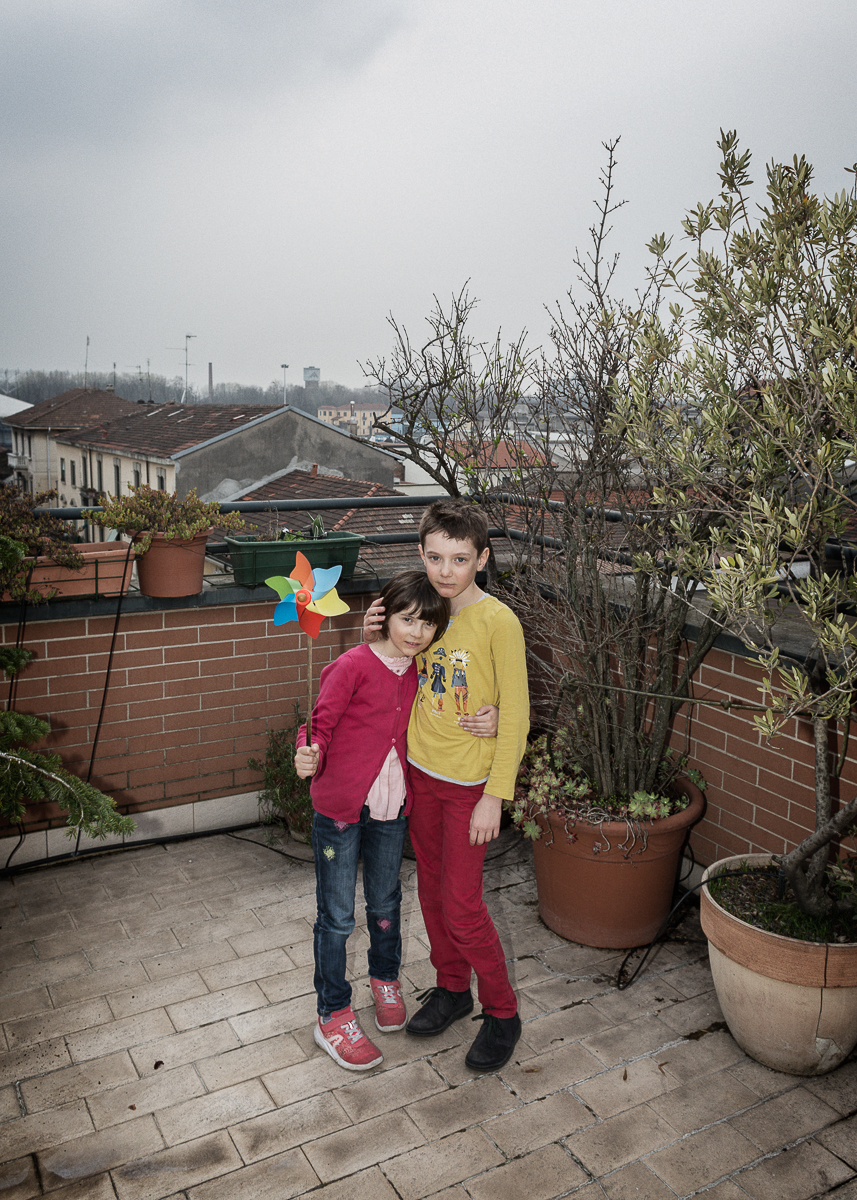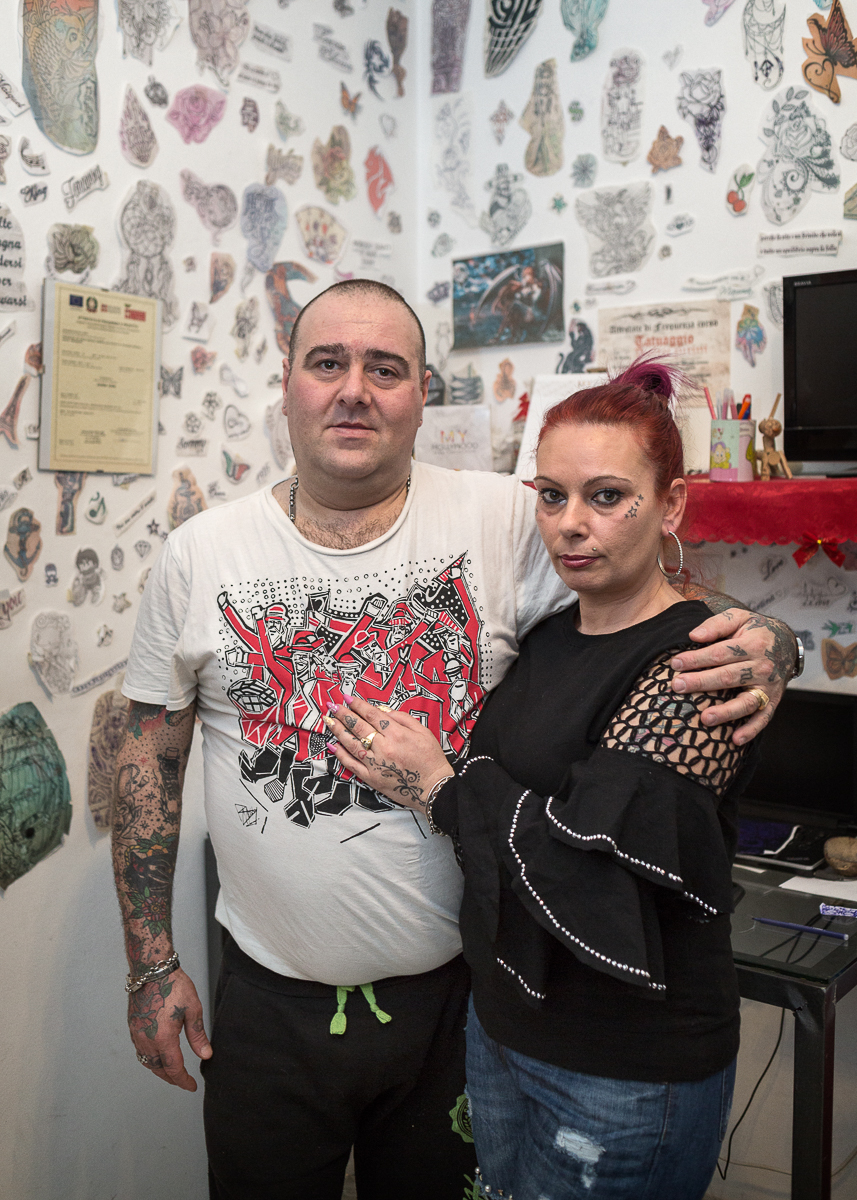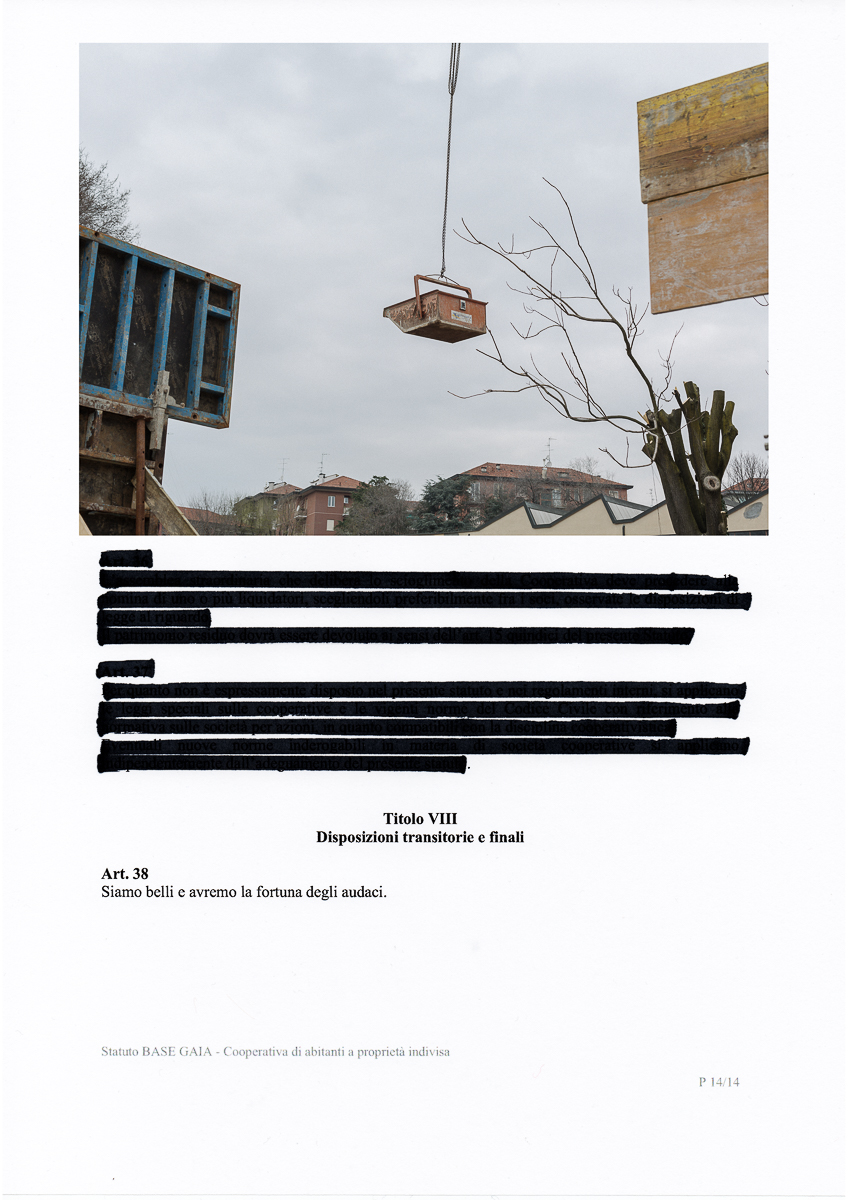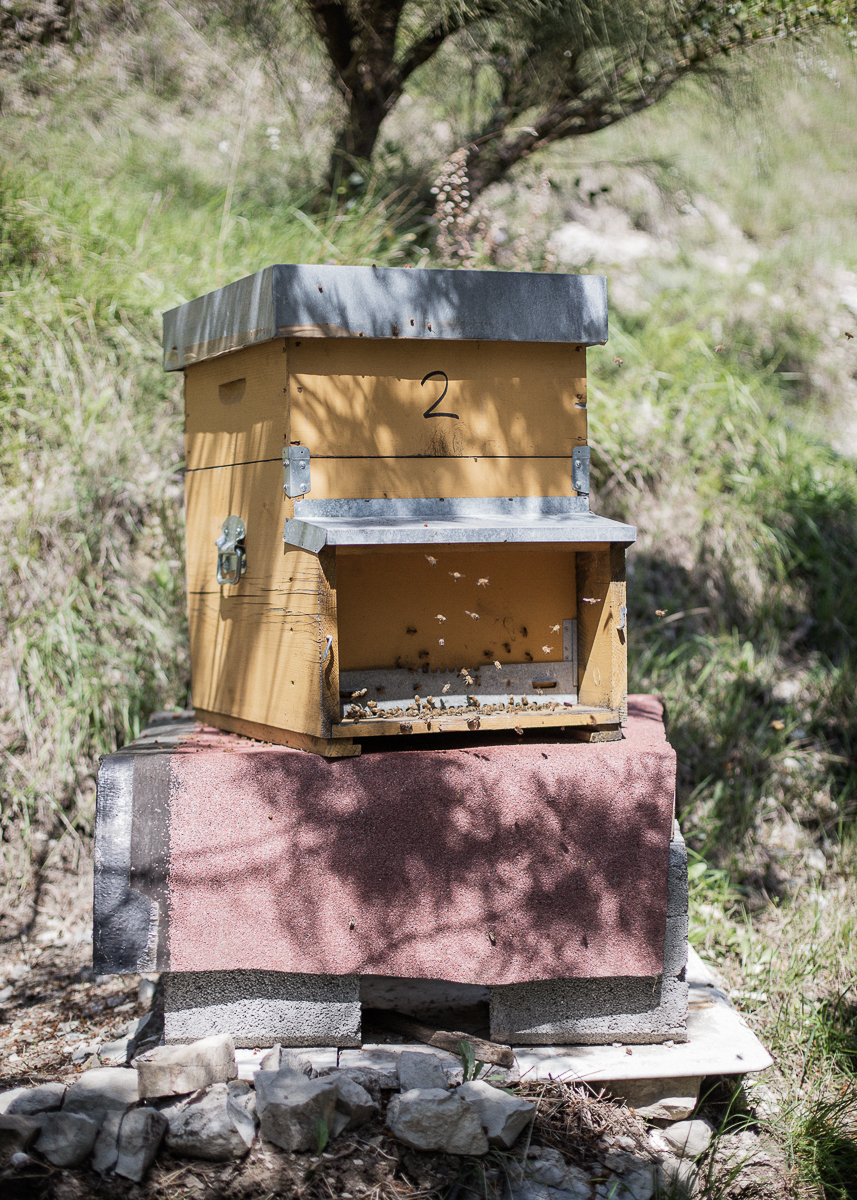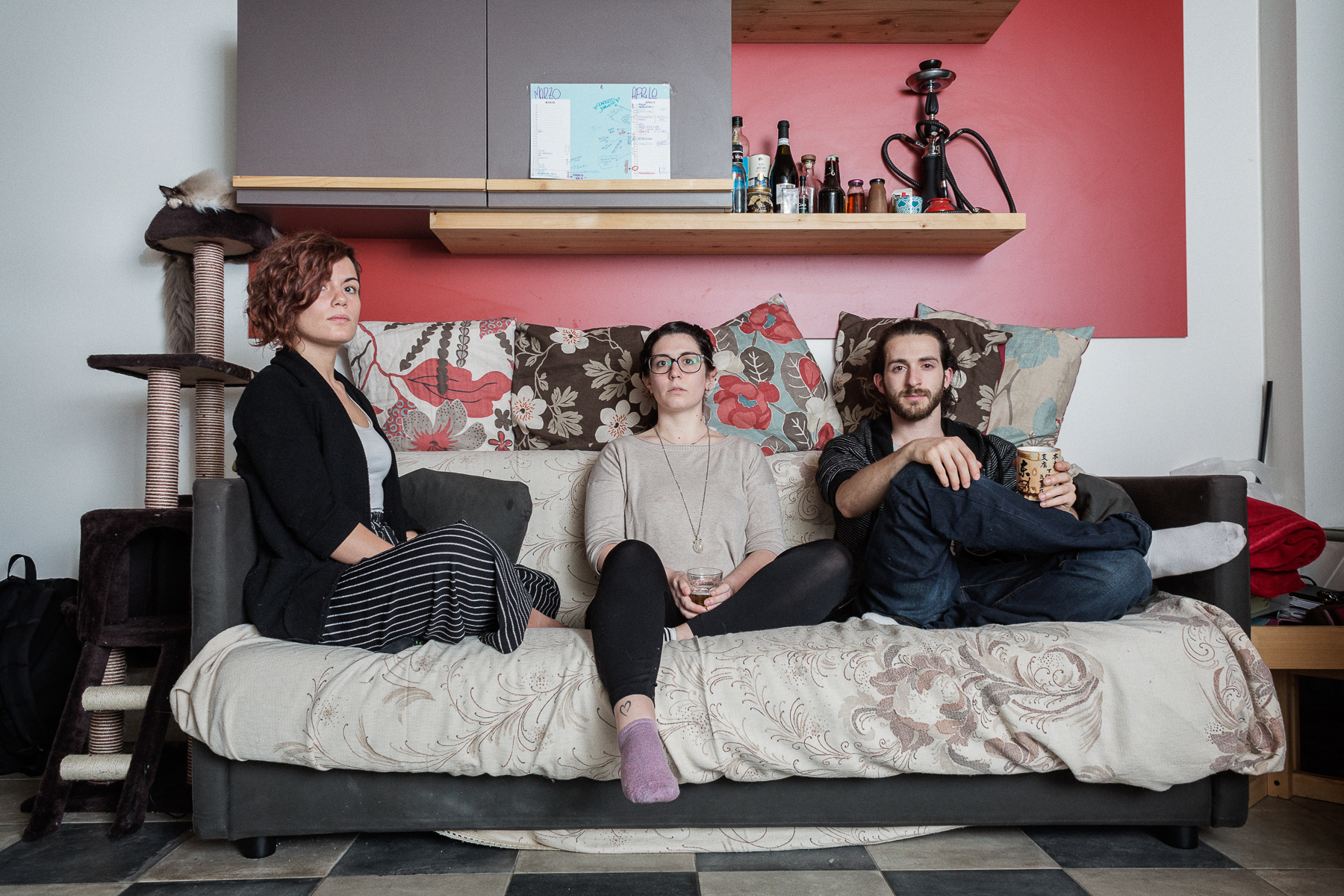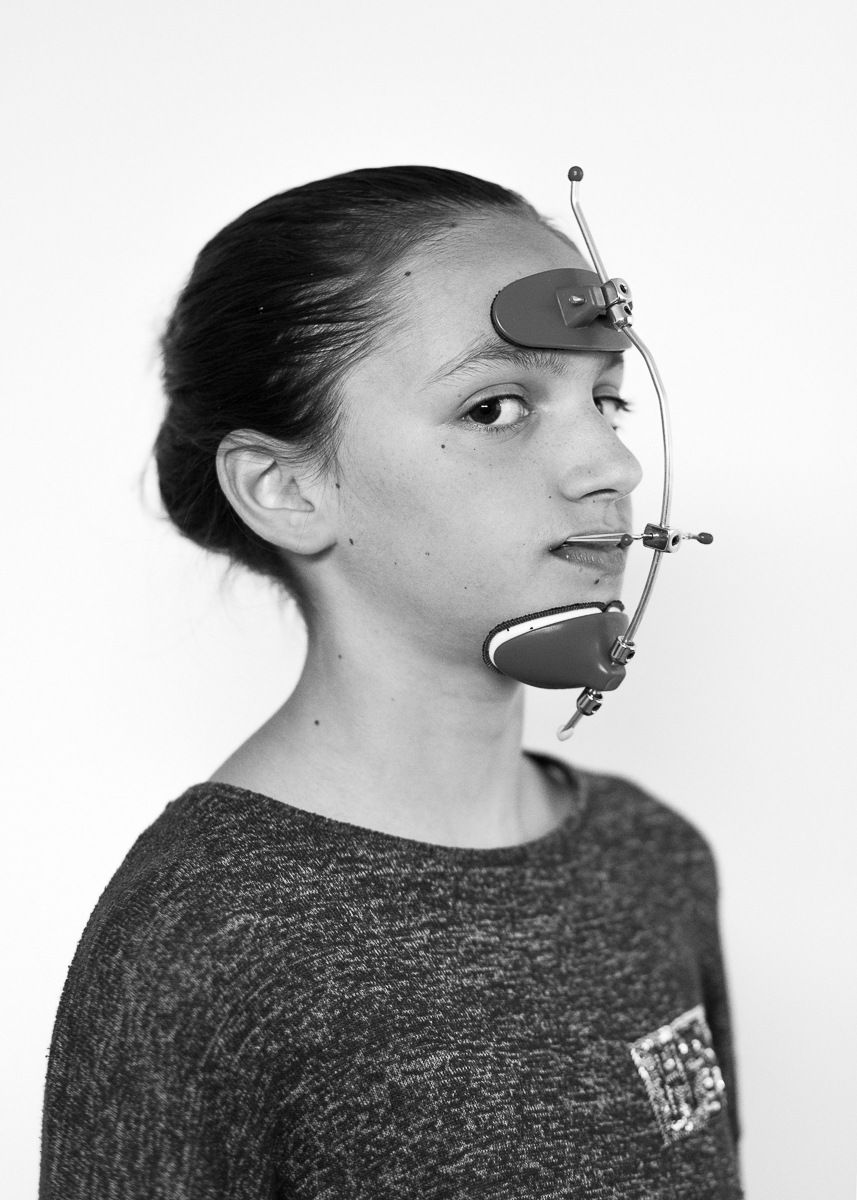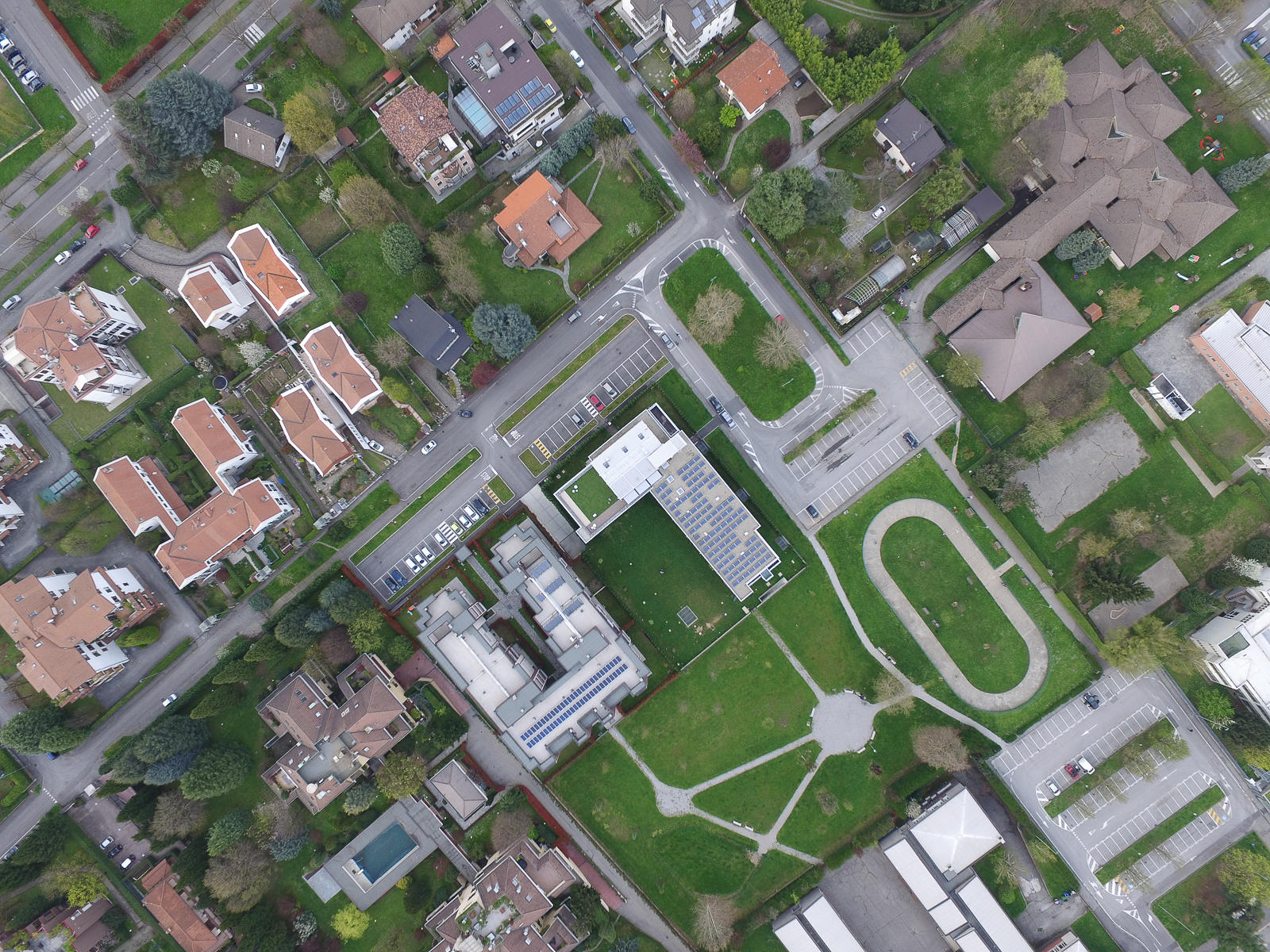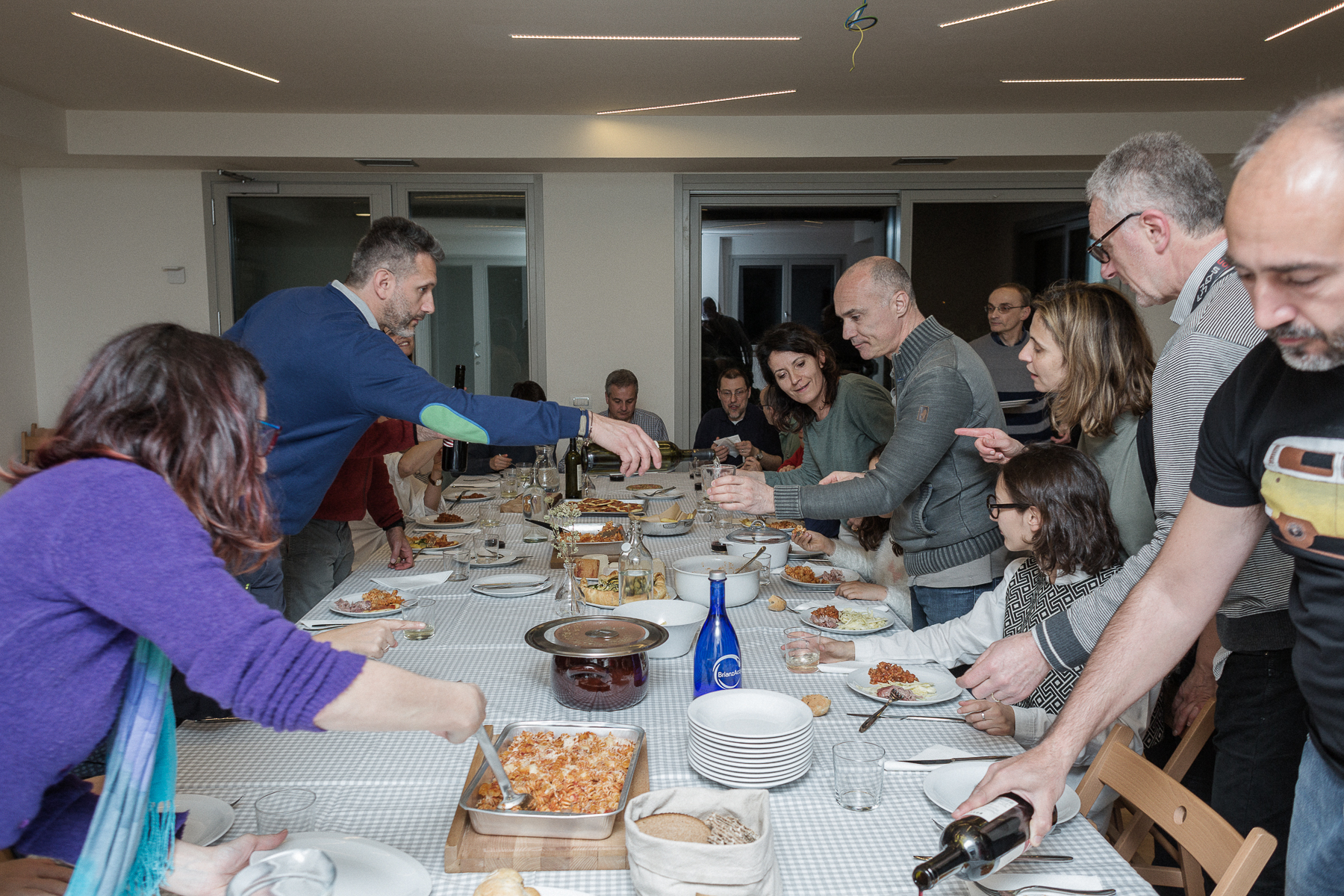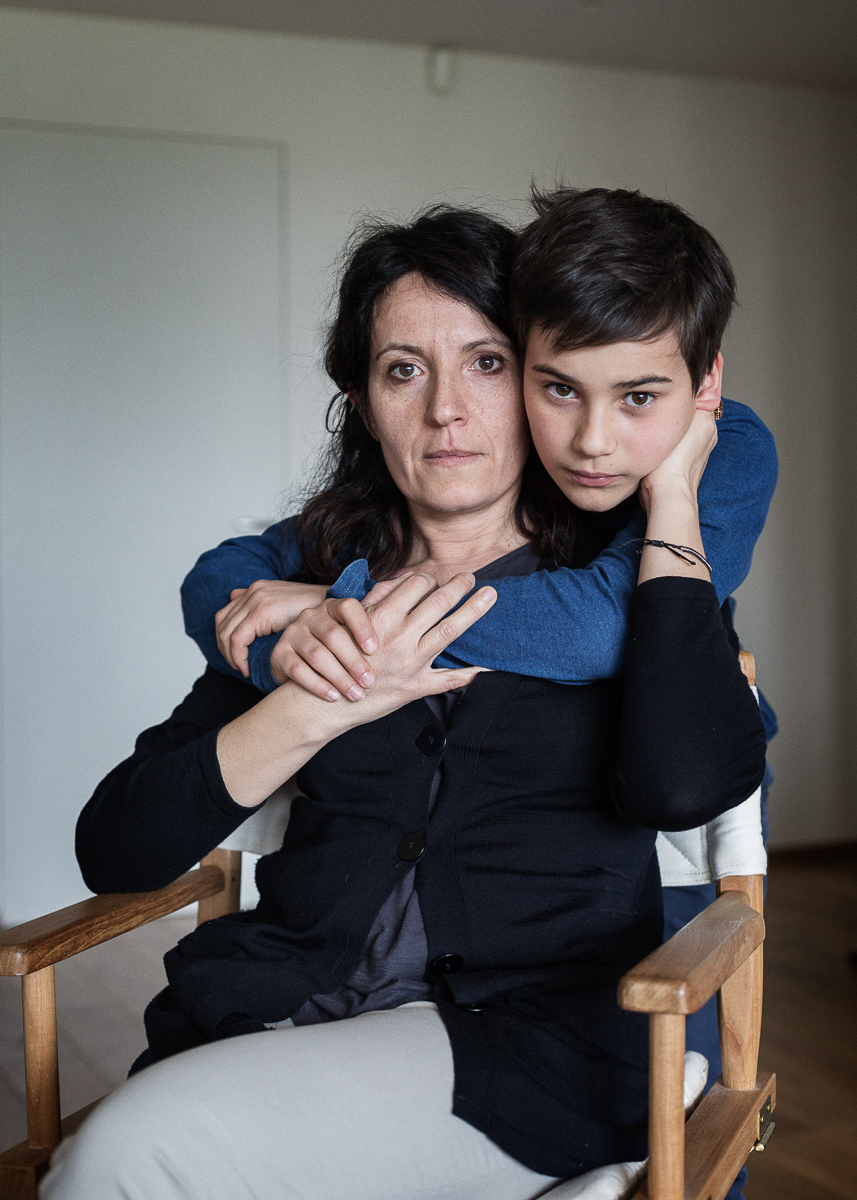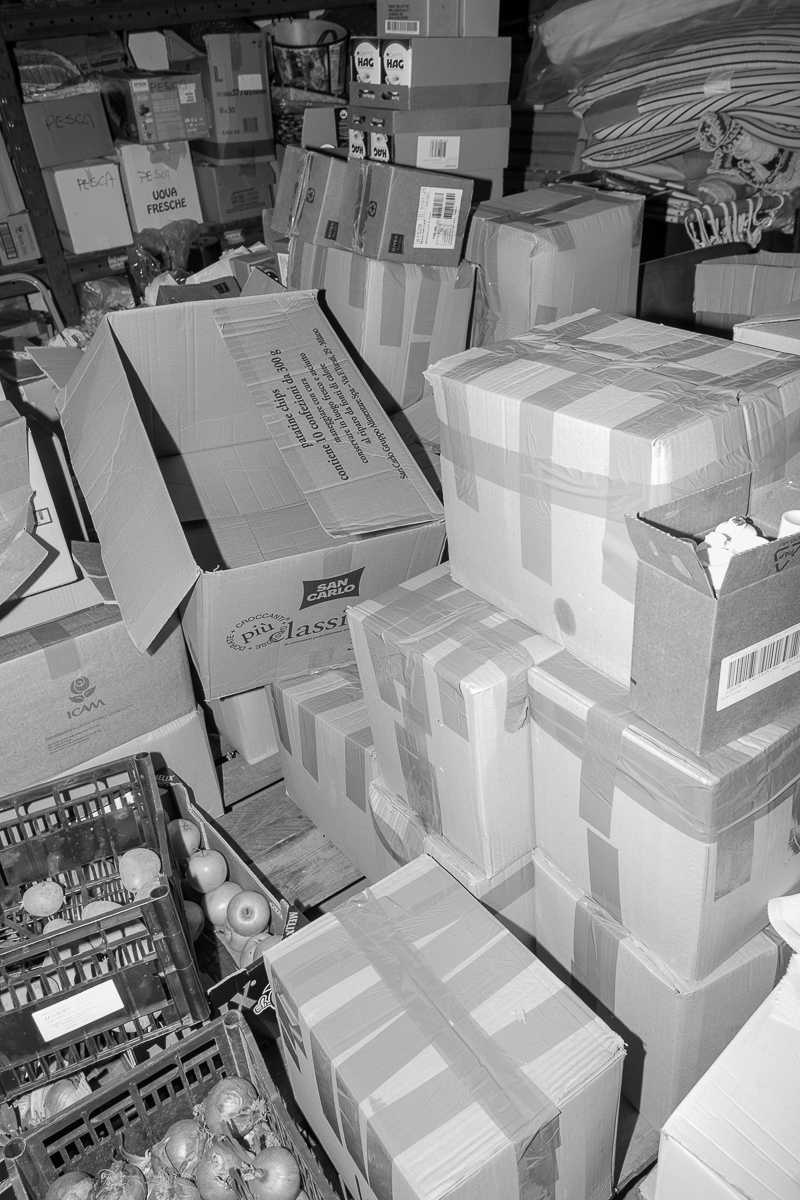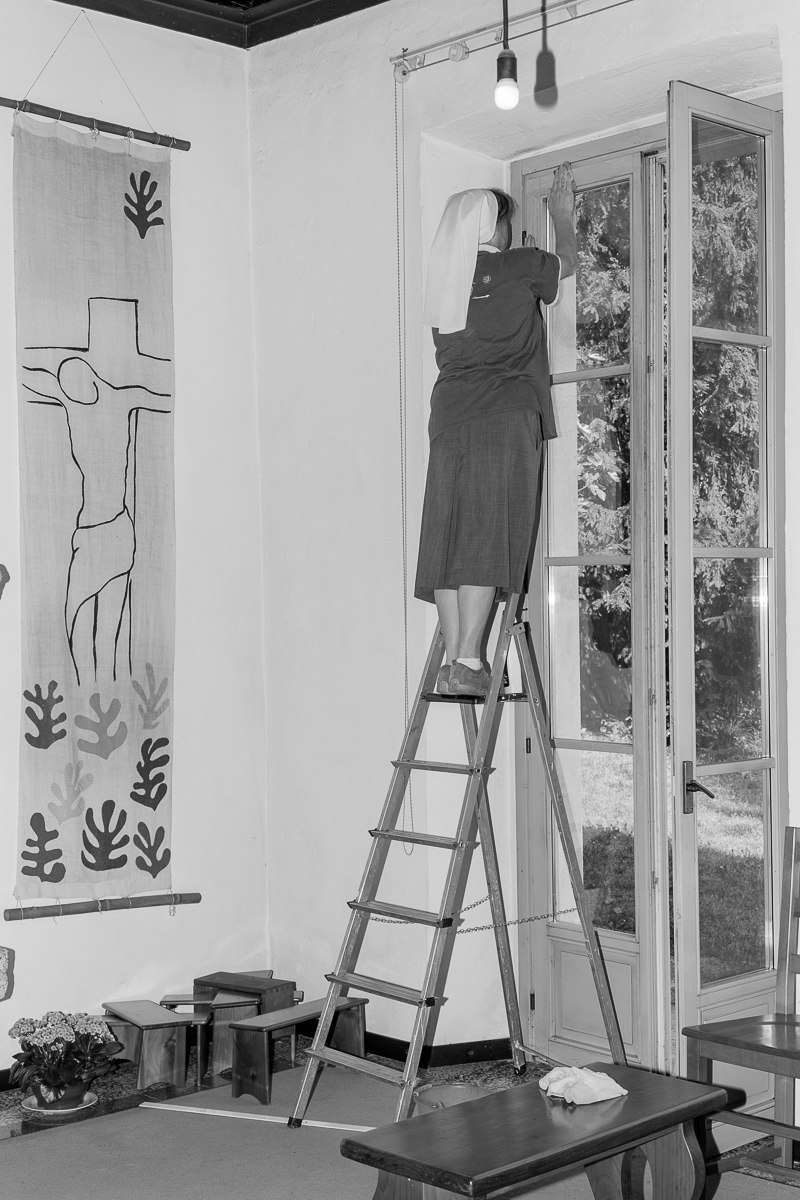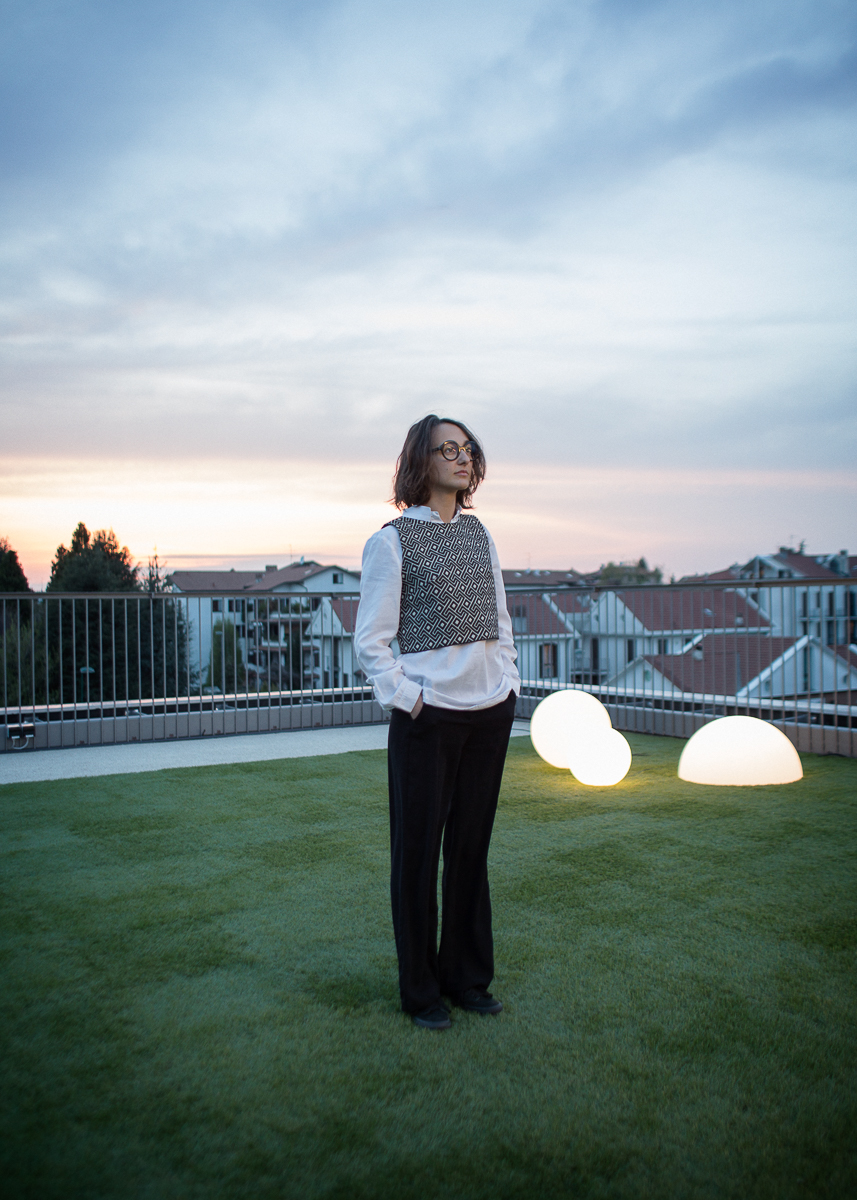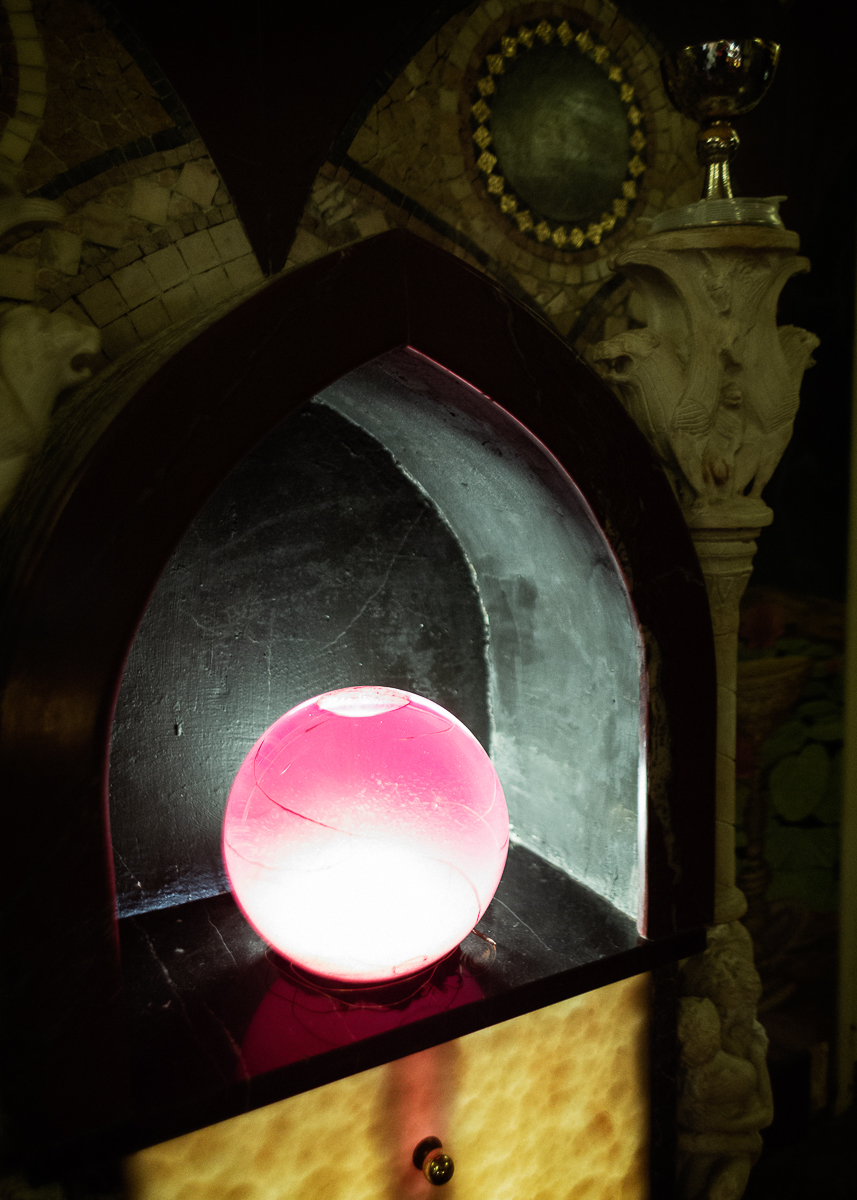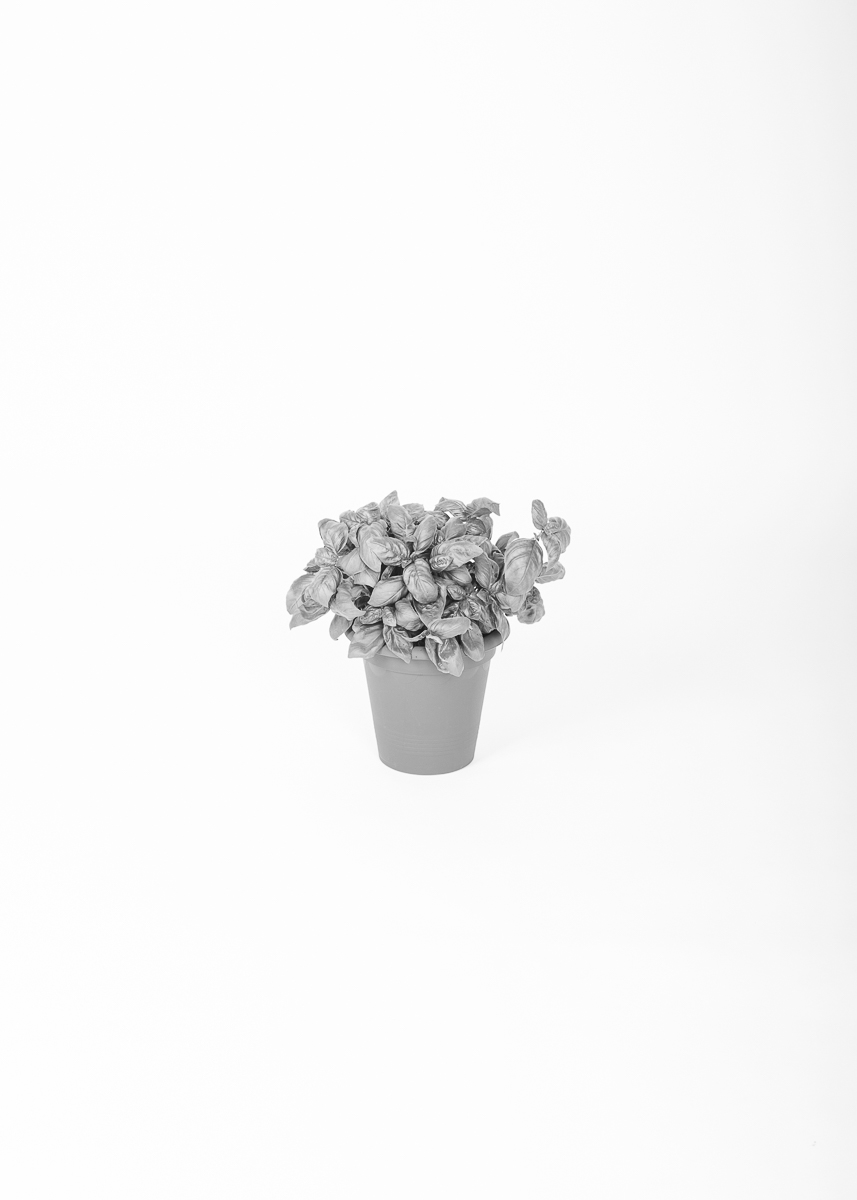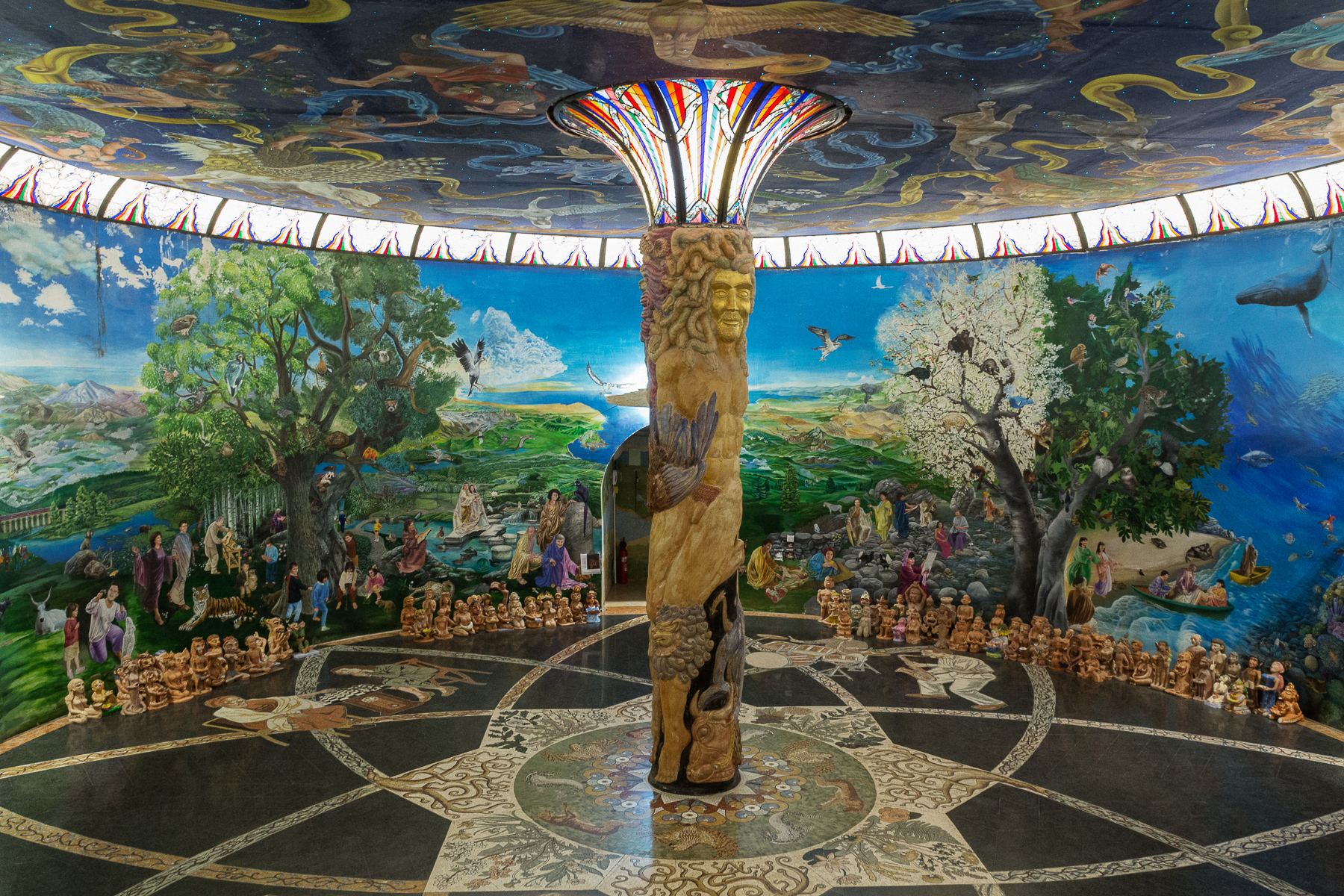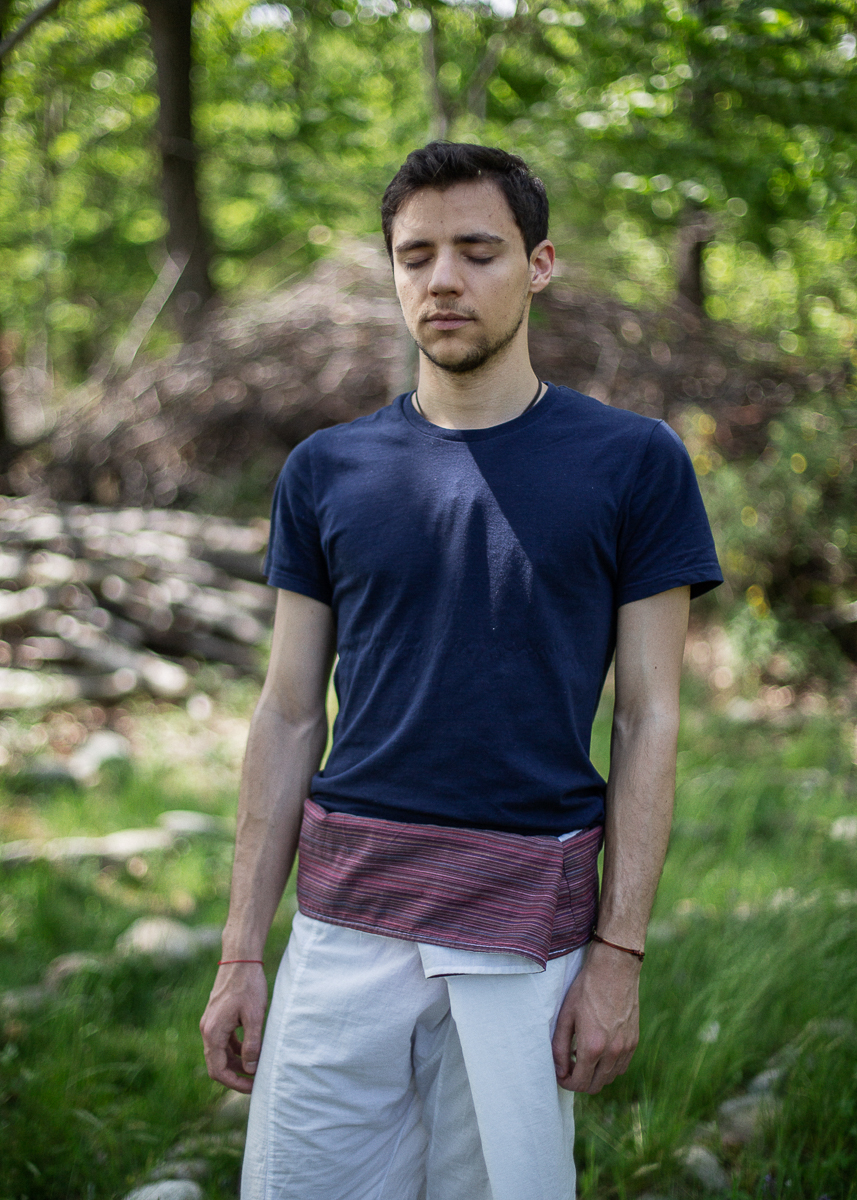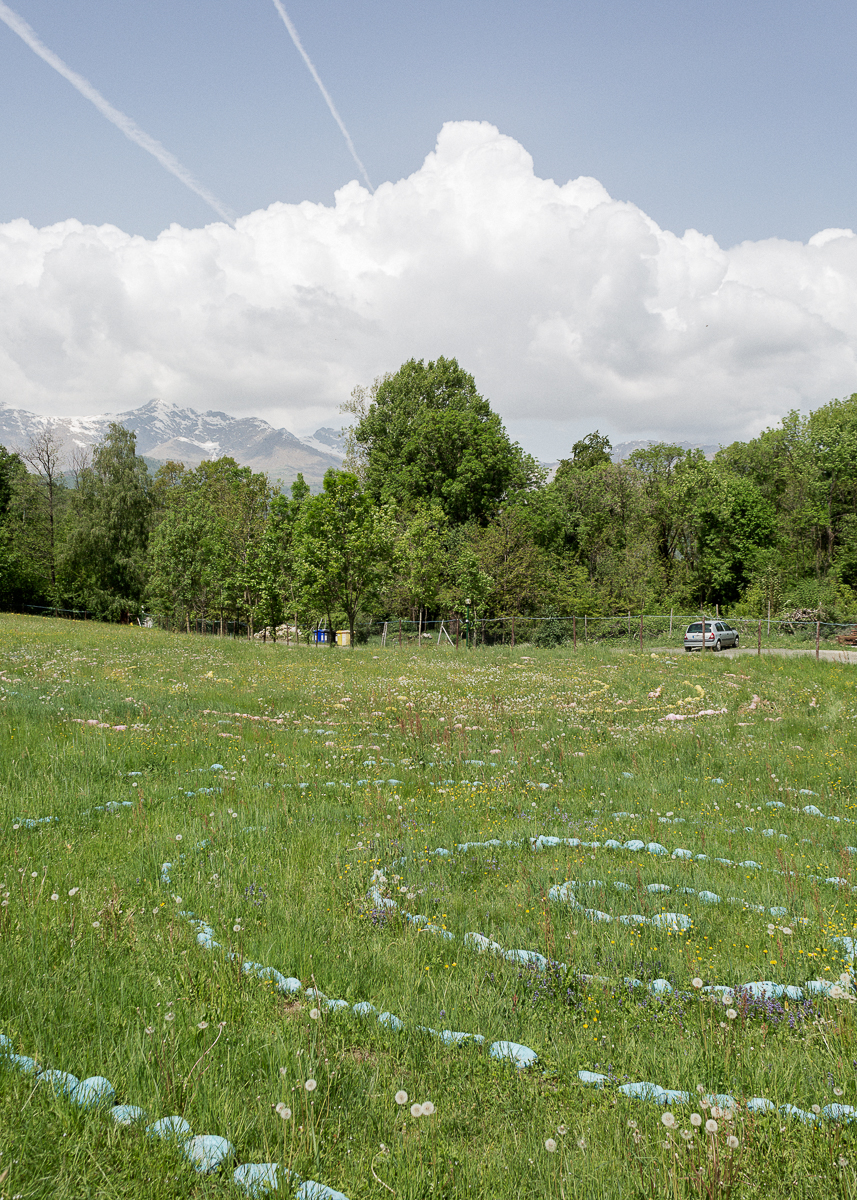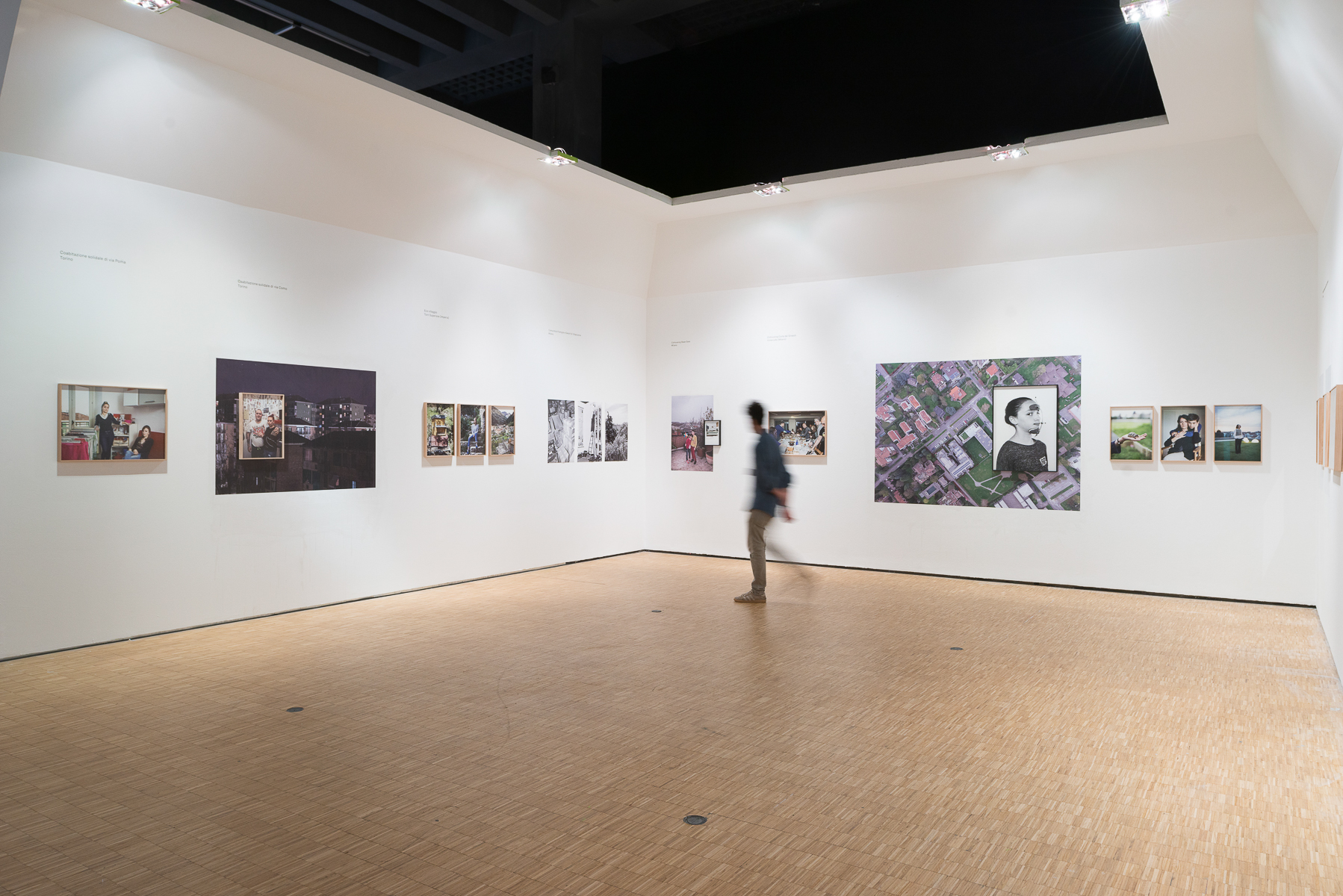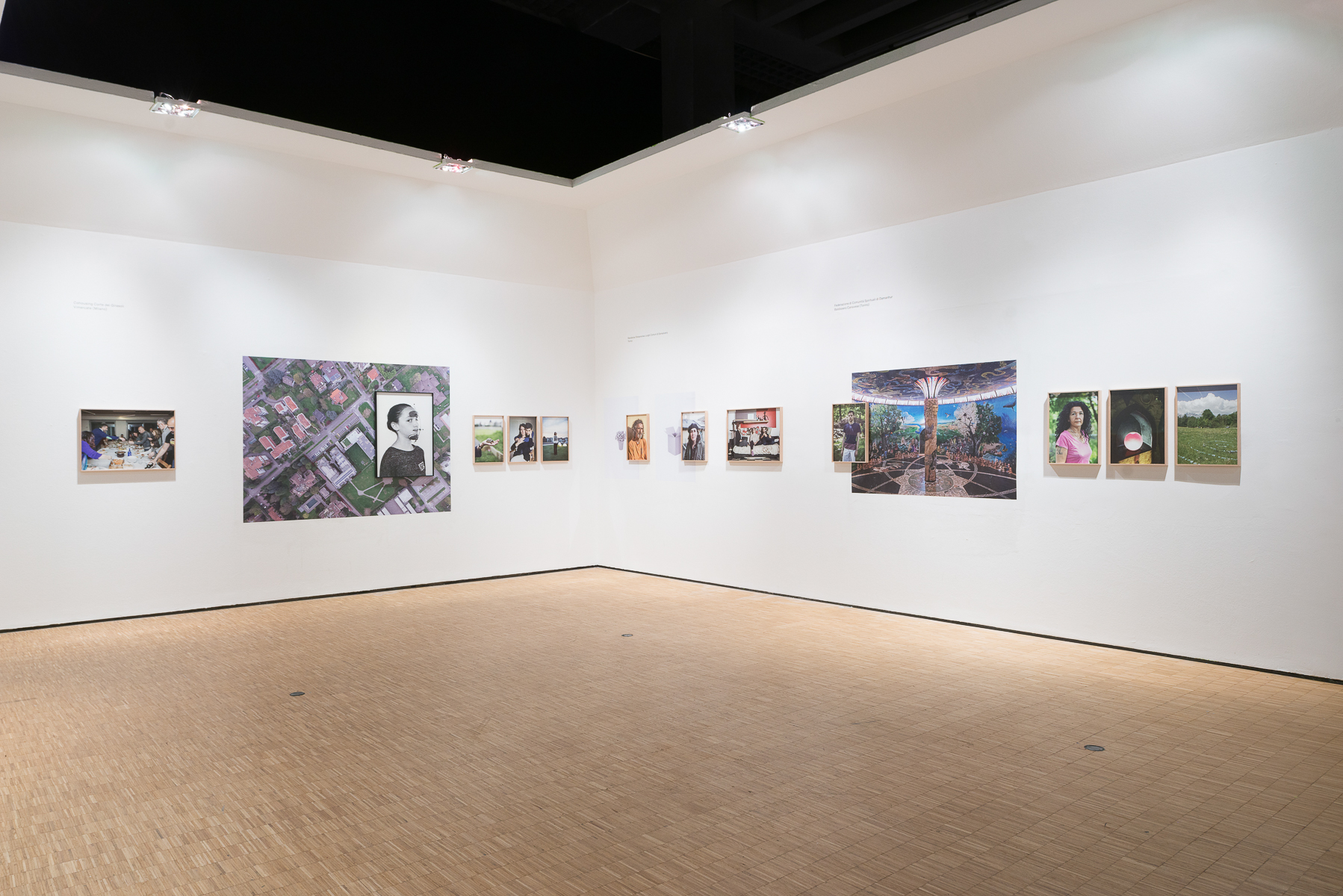Running counter to the growing isolation of the individual, which is caused or made possible by technological developments and increasingly virtual relationships, new forms of housing are experimenting new forms of coexistence. They introduce considerations that now appear to be central to the disciplines of architecture and, on a broader scale, of urban planning, sociology and anthropology.
In his study, Dario Bosio takes a close look at some examples of collective and collaborative house sharing currently being practiced in North-West Italy, using his anthropological eye to examine situations that combine individual and collective living. This brings him into contact with the inhabitants, to understand their reasons, and the benefits and obstacles they find in these experiences.
The visual variety reflects the diversity of the experiences he has explored, each one characterised by associative stimuli and individual motives - which may be religious, economic, political, spiritual, or reasons of health - that are extremely different one from the other. also, the settings vary enormously, ranging from highly urbanised, densely populated areas to rural or even partially wild places. Avoiding a didactic, artificial representation of collective life, the pictures focus on the details and atmospheres that make up different forms of cohabitation, and on those individuals who have made a conscious choice to share their own everyday lives with others, often not without some contradictions.
This series of images has been produced as part of a project funded by the Italian Minister of Arts, Culture and Tourism, La Triennale di Milano and the Museum of Contemporary Photography (MuFoCo).

